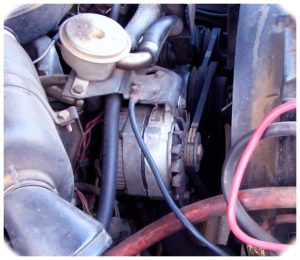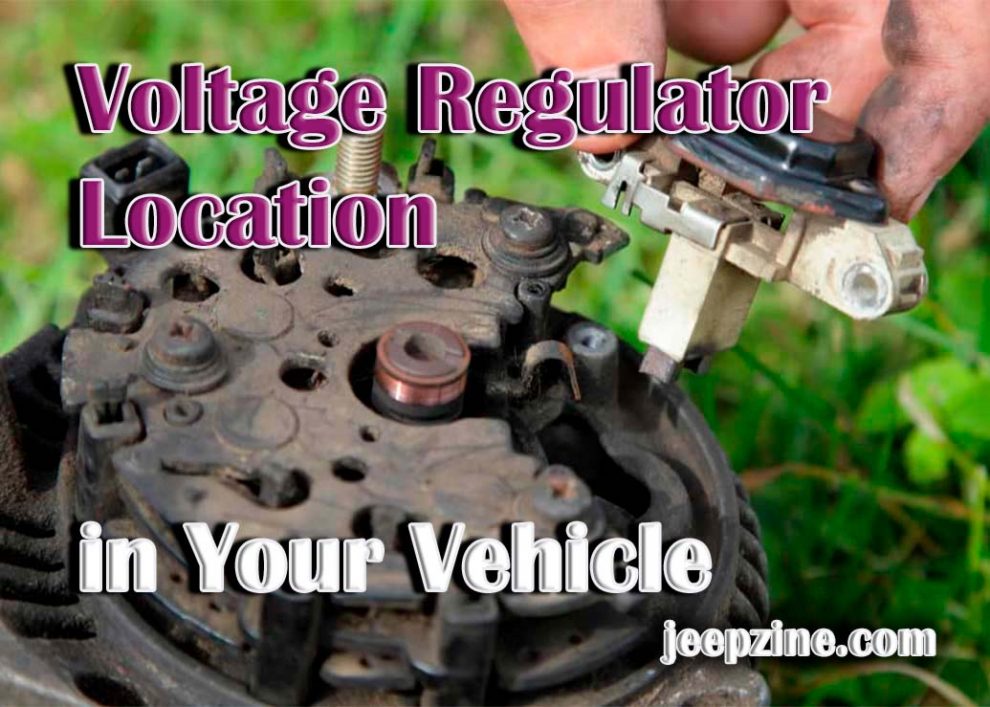Your car is filled with electrical components that must be running properly for your vehicle to function correctly. The voltage regulator is an important part of the car’s electrical system, and it helps keep the voltage levels balanced throughout your vehicle. Knowing where to find the voltage regulator can help you diagnose issues and prevent damage to other parts of your car.
What is a Voltage Regulator?
A voltage regulator controls the amount of current that goes through an electrical circuit by keeping the voltage constant, regardless of any changes in current or load conditions. This helps protect other parts of your vehicle from excessive or insufficient current flow damage. Without a working voltage regulator, other components such as spark plugs, fuel pumps, and more could quickly become damaged due to incorrect levels of electricity going through them.
Common Locations for a Voltage Regulator

Testing the Voltage Regulator
To test the voltage regulator, you will need a multimeter to determine whether or not it is working correctly. First, turn off all electrical components in your vehicle, such as headlights and blowers. Then, connect one lead of the multimeter to a ground source and attach the other lead to either side of each terminal on the voltage regulator. Suppose there is no current flow or a low current reading when checking both terminals (depending on your vehicle’s voltage regulator). In that case, your voltage regulator likely needs to be replaced.
Troubleshooting Tips for a Failing Voltage Regulator
If you have tested your voltage regulator and it appears that it is failing, there are a few troubleshooting steps you can take before having it replaced:
-
Check all electrical components in your car for any signs of damage or corrosion; make sure to clean off any corroded parts, as this could be causing an issue with the regulator itself
-
Check fuses and relays; if either is burned out, they might need to be replaced
-
Check the wiring; if any of the wires have become frayed or disconnected, it could be affecting your voltage regulator
Conclusion
Knowing where your vehicle’s voltage regulator is located and how to test it can help you diagnose any issues with your car’s electrical system before they become more serious. If you think your voltage regulator is failing, follow these troubleshooting steps and have it inspected by a professional mechanic if needed. With a properly functioning voltage regulator, you can ensure that your vehicle runs smoothly and safely.


Add Comment